Posted by William Maxwell on 2022 May 12th
Is the 308 Winchester Still Relevant?
In a world with more specialty cartridges than ever, including but not limited to 6 mm GT, 6 mm Dasher, 6.5x47 Lapua, 6.5 PRC, .300 PRC, .300 Norma, etc., is the .308 Winchester still relevant? Many of you out there would say, "In 2022? No." I'm not going to say that's incorrect, but let us talk about it.
The 308 Winchester came to market in 1952 and was adopted by the military as the 7.62x51mm NATO in 1954; for nearly 70 years, the .308 Winchester has been one of, if not the most popular cartridges across the board. With the advancement in technology, especially over the last ten years, it can be argued that it has finally become outdated in every aspect. The U.S. military seems to be shifting to 6.8 mm and 6.5 mm rounds. Hunters typically use 6.5 mm, 7 mm, and big .30 caliber magnums, and 6mm is king in the competition world. So why would anyone bother with the .308 anymore? Let's look at the reasons.
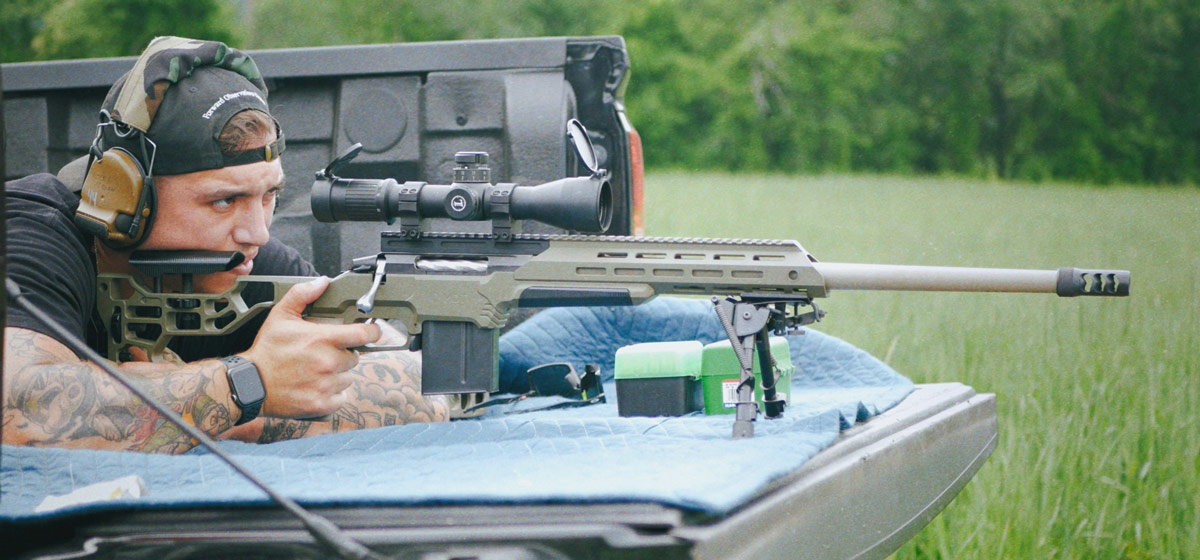
Authors .308 Training Rifle built on a Tikka action and an MDT ESS Chassis System.
More: Building a 308 Training Rifle
FACTORY AMMO
The answer is very nuanced, but for me, the first reason is factory ammunition offerings and availability. With ammunition slowly becoming more available, this might not be as much of a factor as it was a year ago (as of writing, it is January 2022). That being said, I can't remember when I wasn't able to get FMJ range ammo, Match offerings, and hunting rounds at my local gun stores. That brings me to my next point: versatility.
VERSATILITY
This is pretty straightforward; you can take a rifle like a factory Bergara B-14 HMR chambered in .308 and do anything you want with it. You can bring it on a whitetail hunt, shoot a PRS match, take a long-range precision class, and use it as a department sniper rifle. And that's just regarding a bolt-gun. In the gas gun realm, you can take a rifle such as a 16" Knights Armament SR-25 EC and shoot a 175 gr Sierra Matchking 1000 yards without the rifle being the limiting factor. You could also take that same rifle hunting medium game, shoot a semi-auto match, and if you're a cool guy with a beard in the Middle East, it's an excellent option for an assaulter's rifle or Designated Marksman Rifle. After all, Eugene Stoner designed the AR-10 to be the standard-issue infantry rifle in the late 1950s. Unfortunately, politics got in the way, and we ended up with the M14. When it comes to loading, the .308 Winchester can be loaded from 110 grains up to 220 grains. The .308 cartridge also allows for decent velocities with shorter barrels.
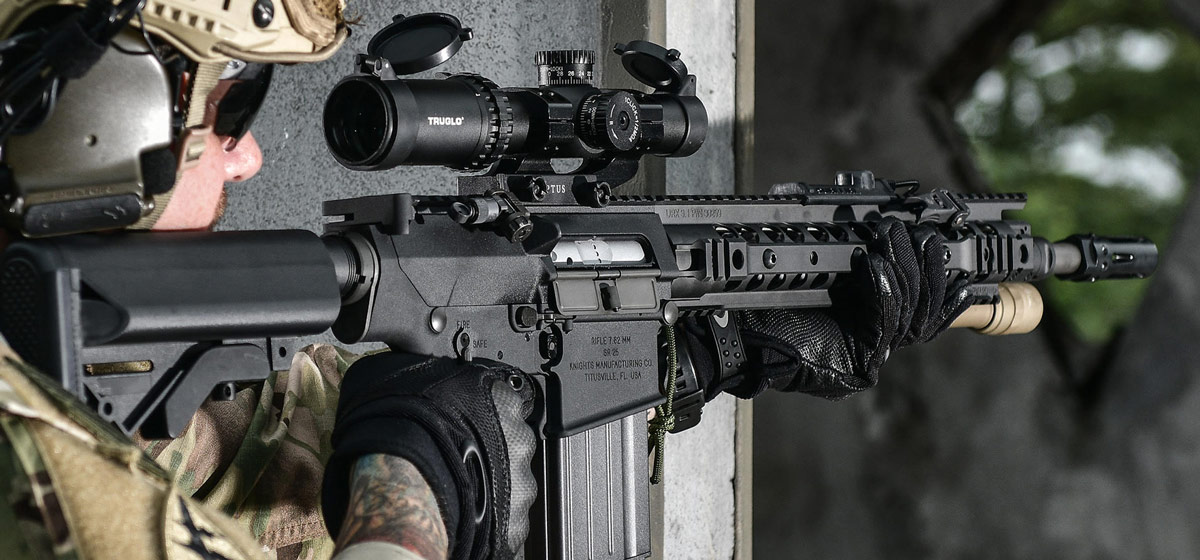
KAC SR-25. A very versatile platform.
HUNTING
As much as I'd like to be, I am not a hunter, nor have I ever been. My thoughts on this subject are based on feedback from my hunting friends. When it comes to medium and large game such as deer, wild pigs, mountain goats, Elk, and bear, .308 will do the trick. People who know significantly more about this than I do have harvested elk and oryx at medium ranges. 308 Winchester has devastating terminal performance and can be loaded for extreme accuracy.
PROFESSIONAL
Another quick one: I have a few friends that are LEO snipers; they all shoot 20" Remington 700s in .308 or AR 10 platform rifles. Considering the overwhelming majority of shots that LEO snipers take are inside of 150 yards, that makes sense. LEO snipers have years of data on the .308 Winchester, which includes shooting through barriers like glass.
COMPETITION
There are three disciplines where the .308 is still prevalent: Standard F-Class/F-TR, Palma, and PRS Tactical Class. All three require that you use either .223 or .308 with certain restrictions. Palma requires that the bullet must weigh in at less than 156 grains, explaining the 155.5 grain Berger bullets. PRS Tactical Division requires that the bullet be slower than 2800 fps. The only restriction for F-TR shooting is rifle weight.
TRAINING
This is where we're going to dive deeper into the weeds. When it comes to a competition training rifle, there are two trains of thought: a .223 or less rifle with little to no recoil or a rifle that is ergonomically similar to a competition rifle but with a bigger caliber that has more recoil and is less forgiving. I ride a unicycle down the line in the middle here; sometimes, my feet will touch both sides. While I do like to train with a .308 I am currently in the process of building a .223 AI to both train and compete with.
More: Building a Training Rifle Part 1 and Part 2
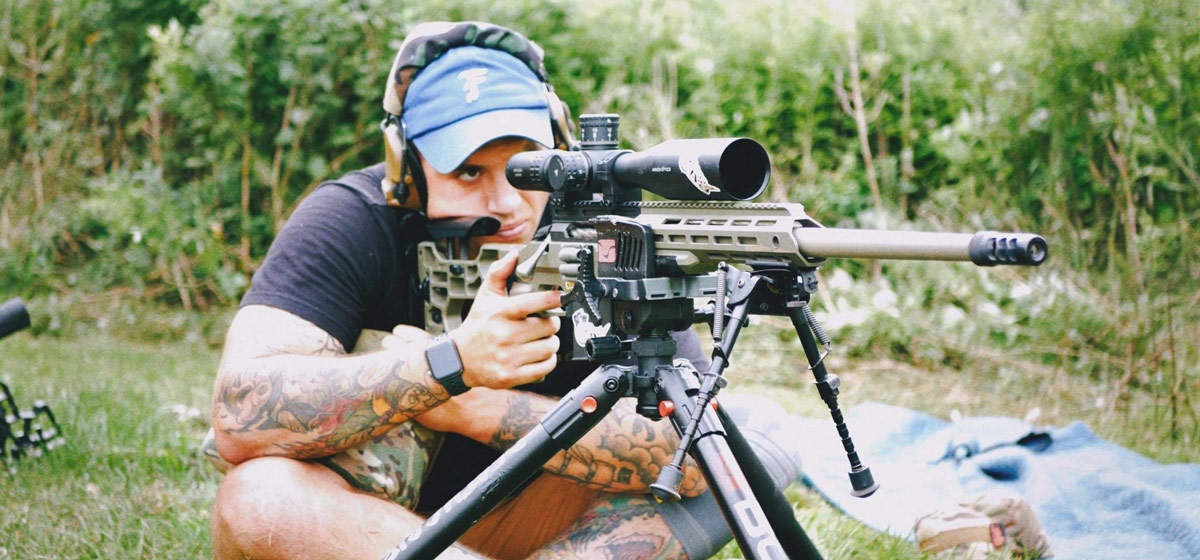
Where I am more decisive is what you learn precision rifle shooting on. If you're learning on a forgiving 6mm cartridge or even 6.5 Creedmoor, you can afford to make some mistakes. You can afford not to have good mechanics. The wind isn't going to be as much of a factor; the bullet isn't going to fall off as fast.
Whenever someone who is looking to get into the distance shooting game asks me what caliber they should choose for their first rifle to learn with, I will tell them .308 Win 100% of the time. The reason is everything we have discussed to this point. The three most significant are the variety of affordable ammunition availability, versatility, and possibly most importantly: the learning curve. I think that if you can learn to be proficient in shooting a .308 Win with good mechanics, you'll be able to shoot anything. Unless you move up to magnum cartridges, you will only be shooting faster, flatter, and softer rounds.
I recently have built two .308s that are a little more classic-looking. One is a 16.5" heavy profile barrel. This is a bit of a meme gun; however, it is arguable that shorter barrels have better harmonics that favor accuracy. While the bullet leaves the barrel roughly 150 fps slower than a 20" -22" rifle, it shoots out to 650 yards accurately and consistently. I am confident that it will shoot out to 1000 yards; we will be testing that theory in the spring.
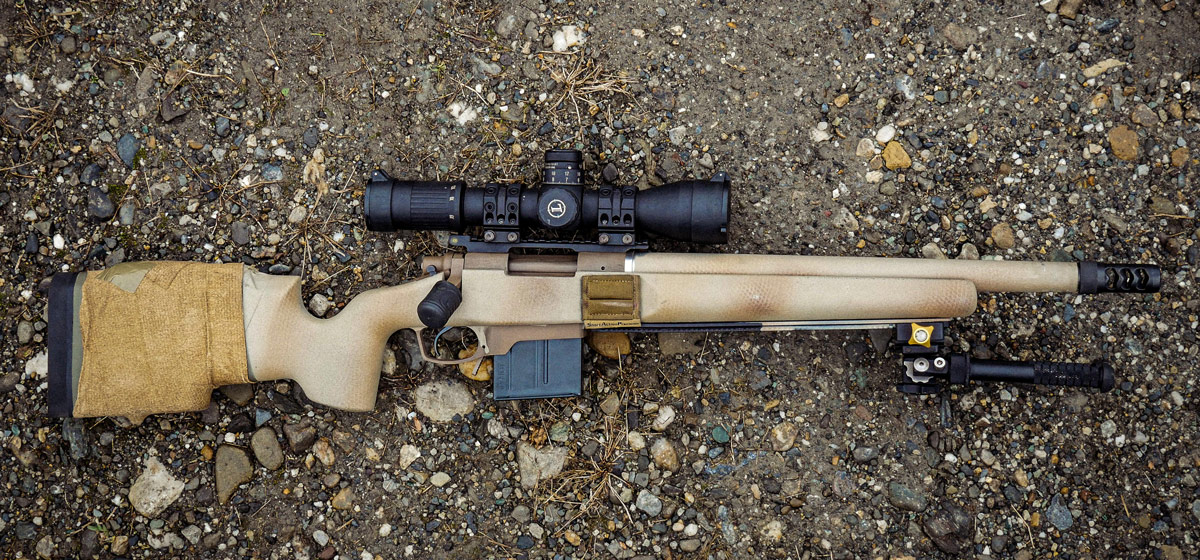
The other rifle built was somewhat of a hybrid of a USMC M40A5 and M40A6. It is my take on a more traditional-looking sniper rifle without all the bells and whistles. It's wearing a 20" #7 profile barrel sitting in a McMillan A3 stock. I built this to have a primitive rifle to shoot with. I also believe variety is the spice of life. Plus, there's no way you can see my custom tiger stripe paint job and not think it looks amazing.
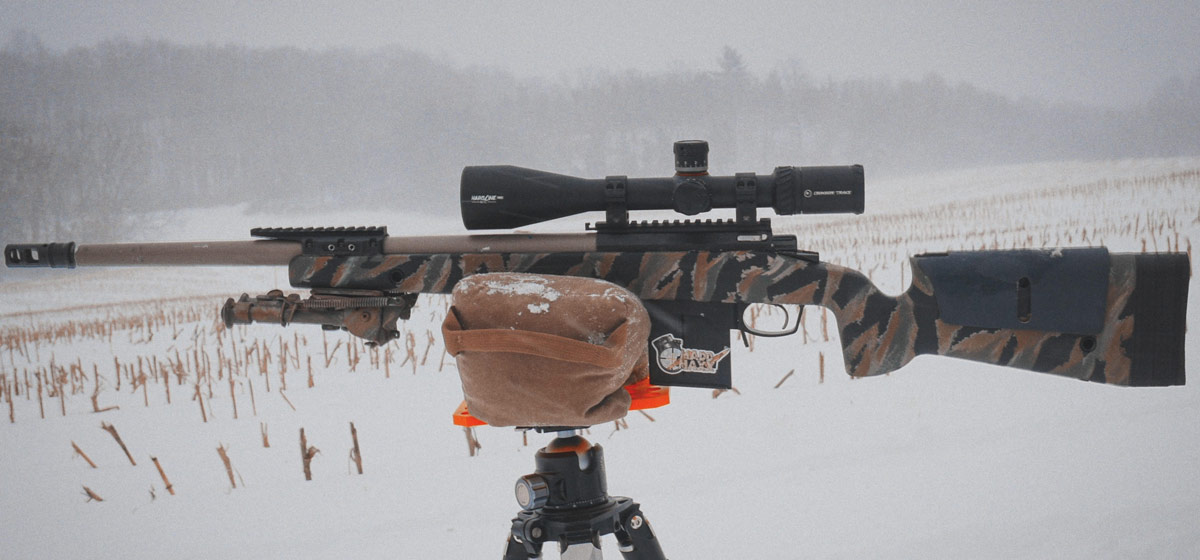
The moral of the story is this: not only is .308 alive and well, but you should also have at least one in the safe. Thanks for reading.
-Bill
ABOUT THE AUTHOR
William Maxwell currently serves in the United States Army. After returning from his first deployment in 2015, he started building firearms and focused heavily on pistol and carbine training. In 2018 he fell into the rabbit hole of precision rifle shooting. He spends his free time competing, reloading, editing digital content and writing. He can be reached via Instagram @maddmaxxguns.


 CAD
CAD
 Euro
Euro
